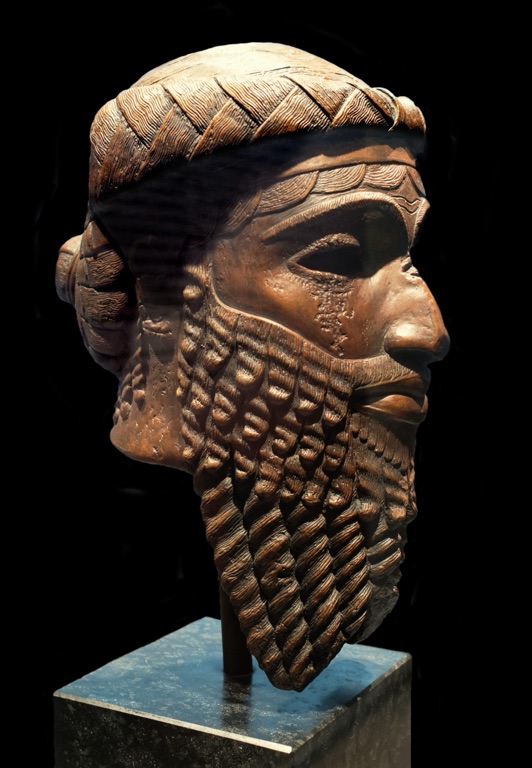The Akkadian Empire, named after its capital city Akkad, was a formidable ancient civilization that thrived in Mesopotamia (modern-day Iraq) from around 2334 BC to 2154 BC. Founded by Sargon of Akkad, the empire is recognized as the first to achieve political unity in the region, bringing together the Sumerian city-states under one rule. The Akkadians were renowned for their advancements in governance, military strategy, and culture, leaving a profound impact on future civilizations. This article explores the fascinating history of the Akkadian Empire, its notable achievements, and the role of trade in its prosperity.
Get your dose of History via Email
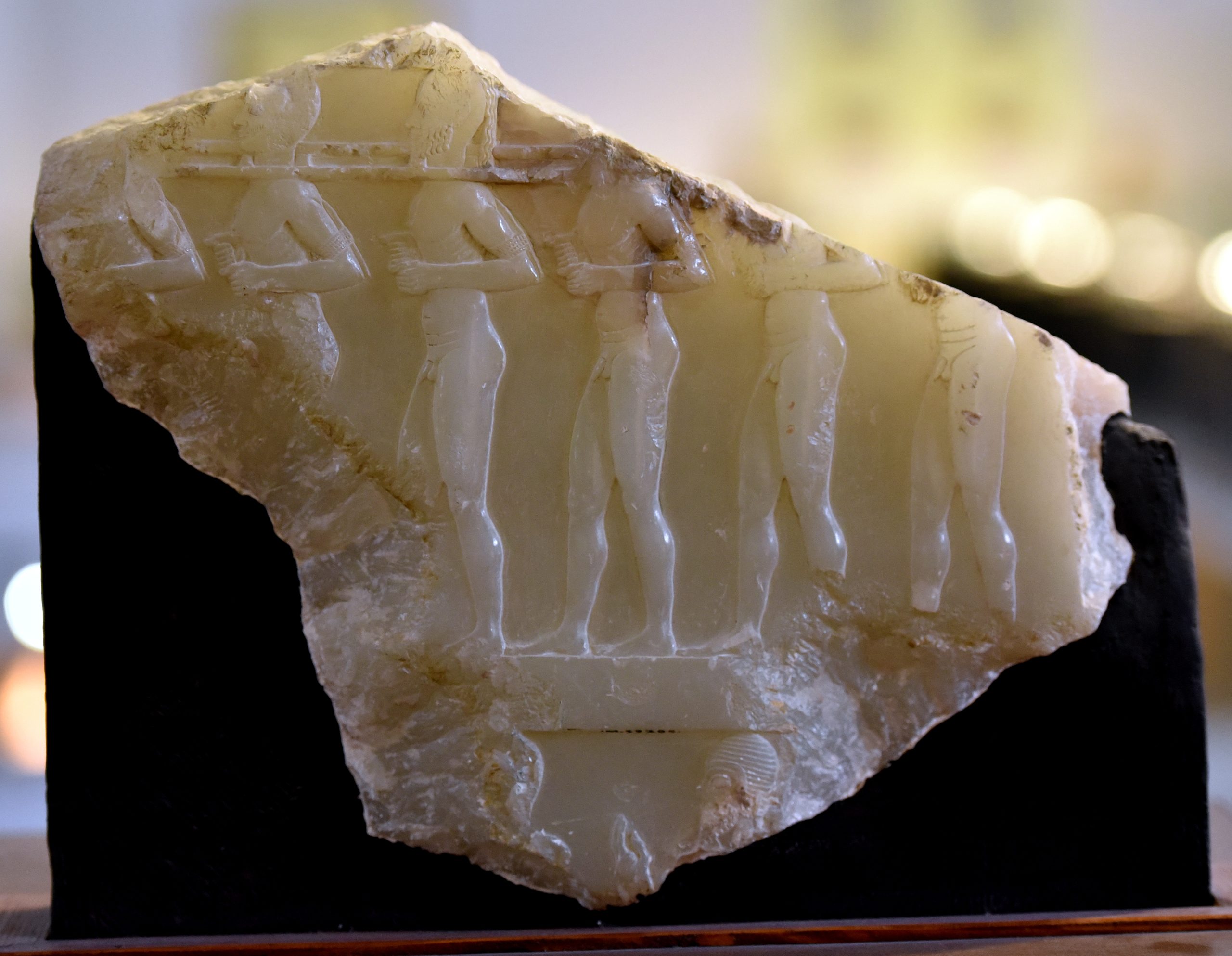
What was the Akkadian Empire known for?
The Akkadian Empire was known for its political unity, military prowess, and cultural achievements. Sargon of Akkad, the empire’s founder, was a visionary leader who united the Sumerian city-states under his rule, creating the first empire in history.
The Akkadians were renowned for their military strategy. They had a well-organized army, which was instrumental in their conquests. The empire expanded its territories through military campaigns, extending its influence over a vast region.
The Akkadian Empire was also known for its administrative reforms. Sargon established a centralized government with Akkad as the capital. He introduced a system of provincial administration, with governors appointed to oversee the provinces.
Culturally, the Akkadians made significant contributions in the fields of art and literature. They developed a distinctive artistic style, characterized by realism and attention to detail. The Akkadian language became the lingua franca of the region, and their form of writing, known as cuneiform, was widely used.
Moreover, the Akkadians were known for their religious practices. They worshipped a pantheon of gods, with the sky god Anu at the top. Temples played a central role in their religious and social life.

Did the Akkadian Empire invent anything?
The Akkadian Empire was a hub of innovation, contributing significantly to the development of ancient Mesopotamian civilization. While they did not invent writing, they adapted the cuneiform script invented by the Sumerians, using it for administrative and commercial purposes.
The Akkadians developed a system of weights and measures, which facilitated trade and commerce. They also introduced administrative reforms, establishing a centralized government and a system of provincial administration.
In the field of art, the Akkadians developed a distinctive artistic style. They are credited with introducing realism in art, with sculptures and reliefs depicting detailed human forms and facial expressions.
The Akkadians also made advancements in astronomy. They observed celestial bodies and recorded their movements, contributing to the development of a lunar calendar.
Furthermore, the Akkadians developed a comprehensive legal system, with laws governing various aspects of life, including property rights, trade, and family matters.
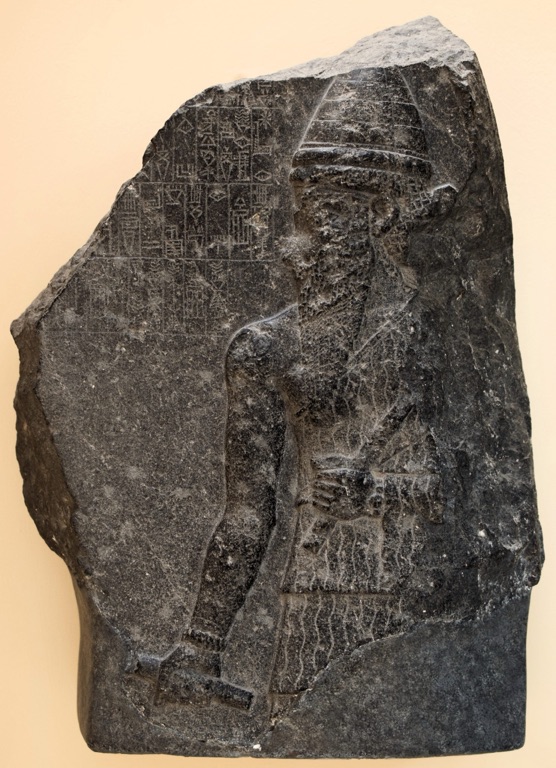
Which is older Sumerian or Akkadian?
The Sumerian civilization is older than the Akkadian Empire. The Sumerians settled in southern Mesopotamia around 4500 BC, long before the rise of the Akkadian Empire in 2334 BC.
The Sumerians are credited with numerous innovations, including the invention of cuneiform writing, the wheel, and the development of city-states. They also made significant contributions in the fields of art, literature, and science.
The Akkadian Empire, founded by Sargon of Akkad, emerged later, around 2334 BC. The Akkadians were influenced by Sumerian culture, adopting their form of writing and many of their cultural practices.
However, the Akkadians also made their own unique contributions. They established the first empire in history, introduced administrative reforms, and developed a distinctive artistic style.
In conclusion, while the Sumerian civilization predates the Akkadian Empire, both made significant contributions to the development of ancient Mesopotamian civilization.
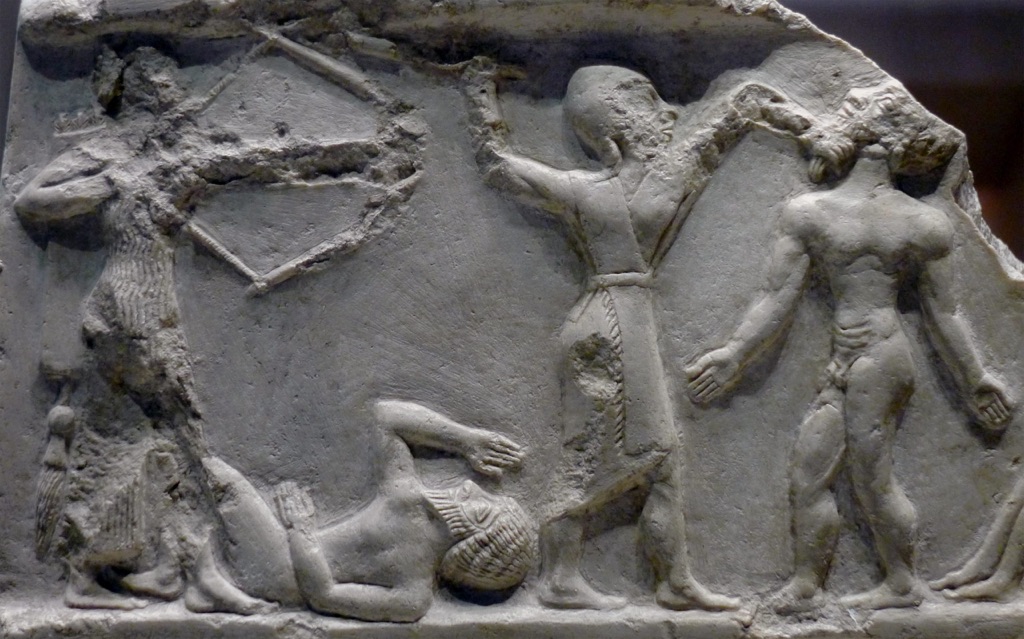
How did trade affect the Akkadians?
Trade played a crucial role in the prosperity of the Akkadian Empire. The Akkadians were strategically located in Mesopotamia, at the crossroads of major trade routes, which facilitated their engagement in long-distance trade.
The Akkadians traded with regions as far away as India, importing precious commodities like lapis lazuli, a blue stone used in jewelry and art. They also traded with regions in the Arabian Peninsula, the Levant, and Anatolia, exchanging goods like grain, textiles, and pottery for copper, silver, and timber.
The Akkadians developed a system of weights and measures to facilitate trade. They also used a form of writing known as cuneiform to record transactions and contracts. This system of writing, which was originally developed by the Sumerians, was adapted by the Akkadians and used for administrative and commercial purposes.
Trade not only brought wealth to the Akkadian Empire but also facilitated cultural exchange. Ideas, technologies, and artistic styles were shared and spread through trade networks, contributing to the cultural richness of the Akkadian Empire.
In conclusion, trade was a key factor in the economic prosperity and cultural development of the Akkadian Empire. It facilitated the exchange of goods and ideas, contributing to the empire’s wealth and cultural richness.
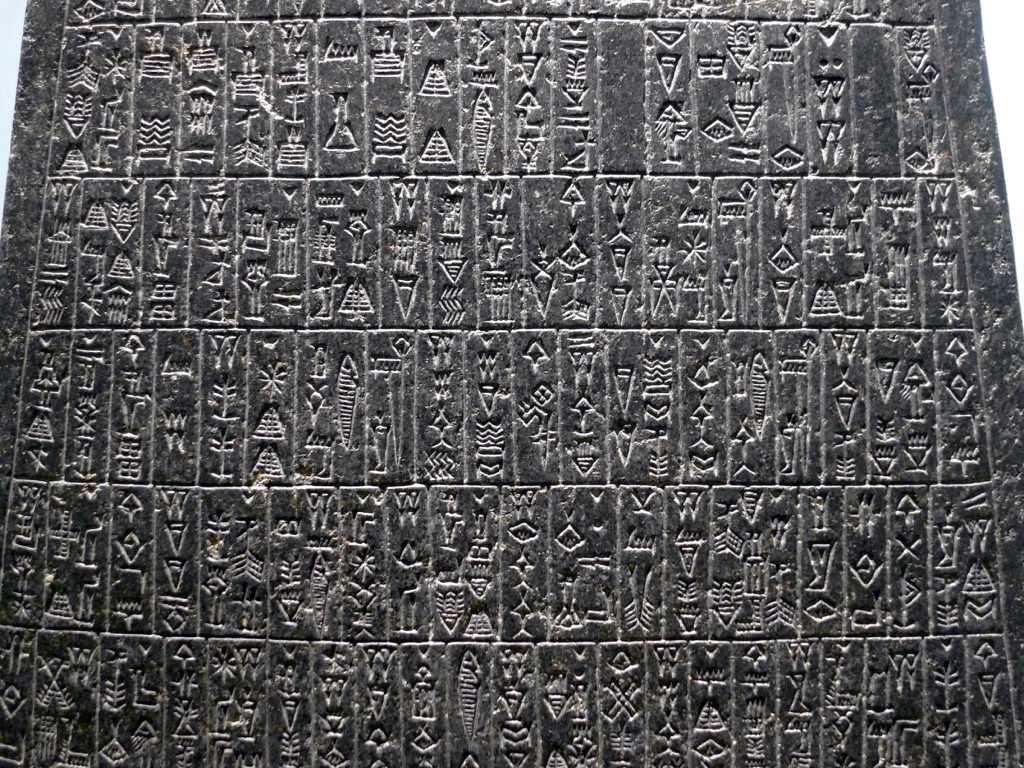
How long did the Akkadian Empire last?
The Akkadian Empire lasted for nearly two centuries, from around 2334 BC to 2154 BC. The empire was founded by Sargon of Akkad, a charismatic leader who is often credited with creating the first empire in history.
Sargon’s reign, which lasted for 56 years, was marked by military conquests and administrative reforms. He established a centralized government, with Akkad as the capital, and introduced a system of provincial administration.
After Sargon’s death, his successors continued to rule the empire, maintaining its territorial integrity and political unity. However, the empire faced numerous challenges, including internal rebellions and external threats.
The reign of Naram-Sin, Sargon’s grandson, marked the peak of the Akkadian Empire. His reign was characterized by military victories, territorial expansion, and cultural achievements. However, his aggressive policies also led to conflicts and unrest.
The Akkadian Empire began to decline after Naram-Sin’s death. The empire faced increasing pressure from the Gutians, a mountain people from the Zagros Mountains, who eventually overran Akkad. The fall of the Akkadian Empire in 2154 BC marked the end of a remarkable era in Mesopotamian history.
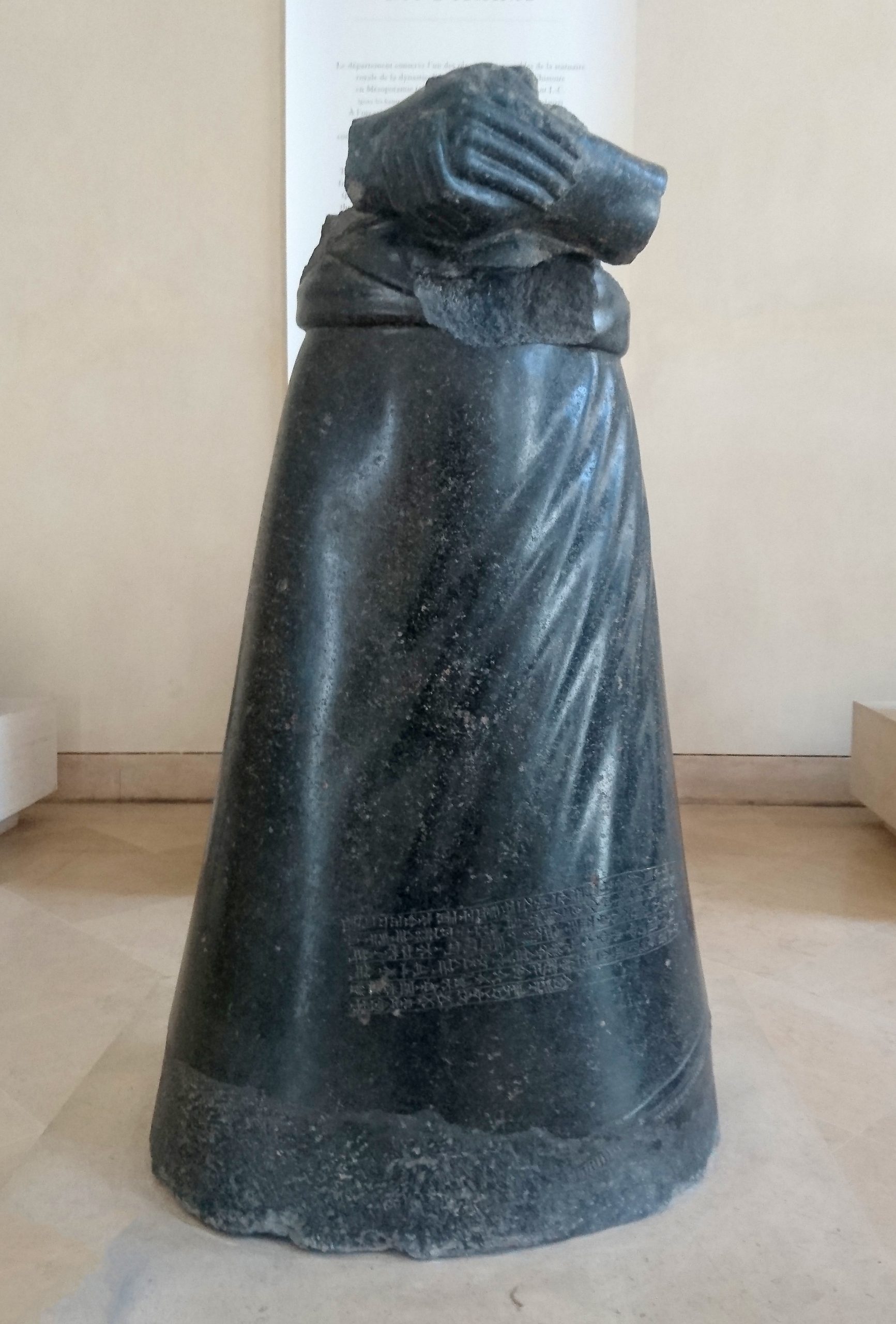
Conclusion and Sources
The Akkadian Empire, with its political unity, military prowess, and cultural achievements, left a lasting legacy in Mesopotamian history. Its duration, marked by periods of expansion and decline, and its engagement in trade, which brought wealth and facilitated cultural exchange, offer fascinating insights into this remarkable civilization.
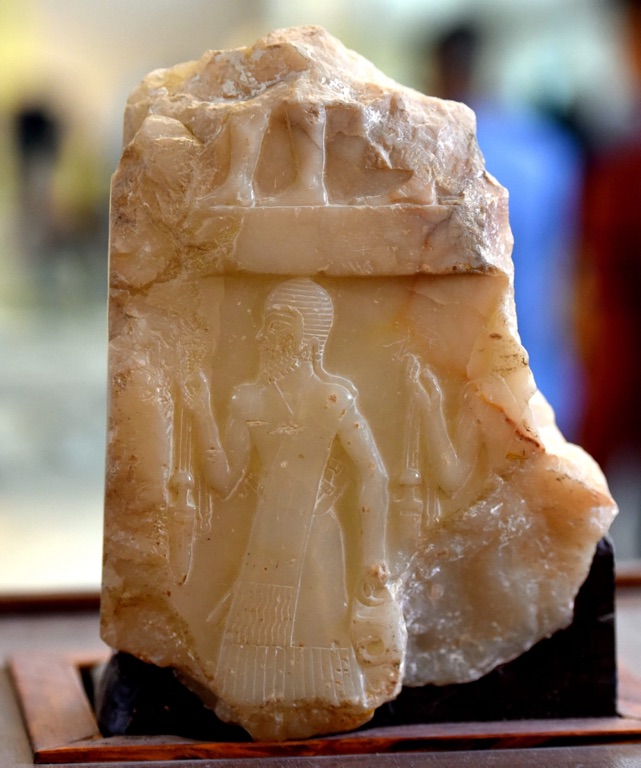
For further reading and verification of the information provided, please refer to the following sources:

